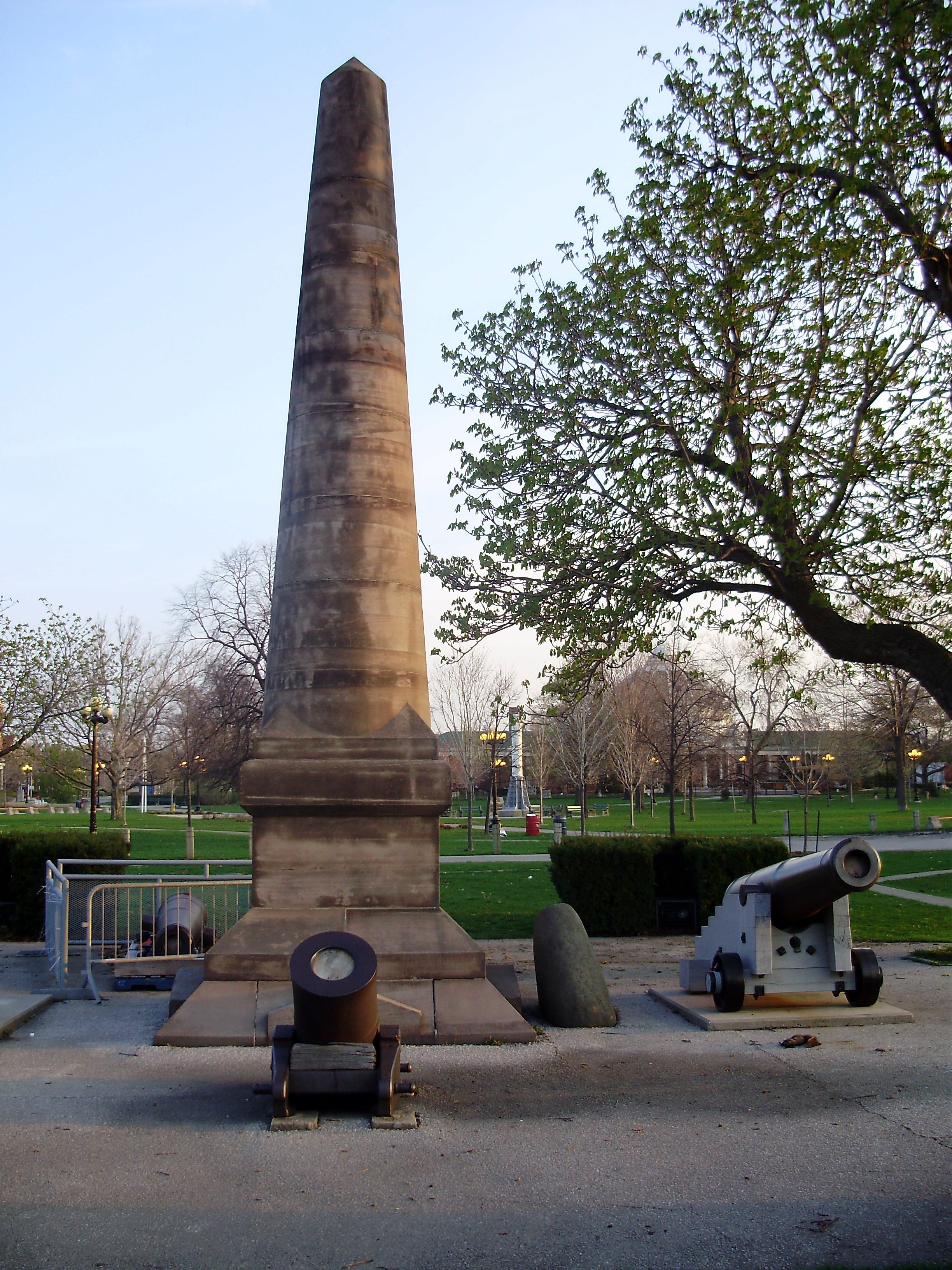This post aims at shedding light on the forts established by French colonists
The French forts in Canada
French forts in Canada.
| Fort St. Anne | Fort Espérance | Fortress of Louisbourg |
| Bas de la Rivière | Fort Frontenac | Citadelle of Quebec |
| Fort Beauséjour | Fort Gaspareaux | Fort Maurepas |
| Fort Boishebert | Fort Royal (Plaisance) | Fort Paskoya |
| Fort Bourbon | Fort Saint Jacques | Fort Richelieu |
| Castle Hill | Fort Saint-Jean | Fort Rouge |
| Fort Chambly | Citadelle of Montreal | Fort Rouillé |
| Fort de la Montagne | Fort Sainte Anne | Fort Sainte Thérèse |
| Citadelle of Quebec | Fort Kaministiquia | Fort Senneville |
| Fort de la Corne | Fort La Reine | Fort St. Pierre |
| Fort Dauphin | Fort La Jonquière | Fort Ville-Marie |
Brief information on some prominent historic forts
Citadelle of Quebec (Constructed in 1693)
How to reach – Take a flight to Quebec City and head to the Plains of Abraham near the coast. The Citadelle stands adjoining to these plains.
Fort Rouillé (Constructed in 1750)
Established around 1750, Fort Rouillé was a French trading post. It was also referred to as Fort Toronto because it is located in Toronto, Canada. In the past, the French fort was surrounded by a wall and housed five buildings, including quarters for soldiers and senior officers. Currently, a large obelisk marks the spot where the fort originally stood.
How to reach – Fort Rouillé is located within the city limits of Toronto. Hence, if you visit Toronto, you can check the site at your convenience.
Fort Senneville (Constructed in 1671)
Fort Senneville was constructed by the Canadiens of New France in 1671. It is one of the most remotely located forts of Montreal, Canada. Formerly, it was highly esteemed for its powerful cannons and wall guns. Fort Senneville was destroyed under the successive British rule in 1776. The ruins have been maintained ever since. It was acknowledged as a historic site in 2003.
How to reach - Fort Senneville is situated near the Sainte-Anne rapids on the Island of Montreal. Hence, head to the southwestern tip of the island if you fly to Montreal and land at the airport.
Fort Saint-Jean (Constructed in 1666)
Originally built by the soldiers of the Carignan-Salières Regiment, Fort Saint-Jean was a part of a chain of French forts constructed along the Richelieu River. Over the years, the fort was reconstructed several times. It is worth noting that the fort sets itself as a military site that has been under constant occupancy for the longest time after Quebec City in Canada. Currently, it houses the Royal Military College of Saint-Jean and is recognized as a National Historic Site.
How to reach – The historic Fort Saint-Jean is located on the Richelieu River. This region falls under the Canadian La Vallée-du-Richelieu Regional County Municipality, Quebec.
Fort de la Montagne (Constructed in 1685)
How to reach – To reach this site, head to the corner of Sherbrooke Street in Montréal city.
Author Bio -Vinay Shingornikar is a popular and accomplished writer having authored a number of articles across a wide variety of online publications. Currently, he is happily employed with Flight Network. Founded in 1998, Flightnetwork.com has grown to become Canada's second most visited online travel agency, specialising in offering highly discounted prices for domestic and international flights, along with hotels, cruises, vacation packages, and car rentals.
Monday Ground Up: Diving the Titanic in Newfoundland
She hit an iceberg and sank, in one of the most epic tragedies of all time. Nearly 100 years later tales of the RMS Titanic
Medieval Castle Casa Loma Castle In Toronto, Canada
One often hears this question asked from visitors from abroad, especially from Europe where kingdoms and castles date back over many centuries. The Canadian Federation occurred on July 1, 1867. -Canada is just not so old to possess many of what we would normally be considered 'castles.'
The Royal Ontario Museum Hosts the Terracotta Army
TORONTO.- The Royal Ontario Museum (ROM) hosts the Canadian premiere of The Warrior Emperor and China’s Terracotta Army











